You are currently viewing SemiWiki as a guest which gives you limited access to the site. To view blog comments and experience other SemiWiki features you must be a registered member. Registration is fast, simple, and absolutely free so please,
join our community today!
WP_Term Object
(
[term_id] => 157
[name] => EDA
[slug] => eda
[term_group] => 0
[term_taxonomy_id] => 157
[taxonomy] => category
[description] => Electronic Design Automation
[parent] => 0
[count] => 4309
[filter] => raw
[cat_ID] => 157
[category_count] => 4309
[category_description] => Electronic Design Automation
[cat_name] => EDA
[category_nicename] => eda
[category_parent] => 0
[is_post] =>
)
One year ago activist investor Carl Icahn started a hostile takeover bid for Mentor Graphics and was able to offer up three new board members, however yesterday we read that Mentor Graphics will:
- Have their annual shareholder meeting on May 30th
- Two of Icahn’s board members are not on the roster for renewal
- Mr. Icahn has no
…
Read More
While the debate rages on about 28nm yield at foundry juggernaut TSMC, on Monday I attended a webinar on 20nm IC design hosted by TSMC and Synopsys. Double Patterning Technology (DPT) becomes a requirement for several layers of your 20nm IC design which then impact many of your EDA tools and methodology.… Read More
ARM used to build their own models. By hand. They had an instruction-set simulator (ISS) called ARMulator that was largely intended for software development, and cycle-accurate models that were intended to run within digital simulators for development of the hardware of ARM-based systems.
There were two problems with this … Read More
For many, maybe most, big designs, Apache’s RedHawk is the signoff tool for analyzing issues around power: electromigration, power supply droop, noise, transients and so on. But the latest designs have some issues: they are enormous (so you can’t just analyze them naively any more than you can run a Spice simulation… Read More
At the GSA 3D IC working group meeting, Cadence presented their perspective on 3D ICs. Their view will turn out to be important since the new chair of the 3D IC working group is going to be Ken Potts of Cadence. Once GSA decided the position could not be funded then an independent consultant like Herb Reiter had to bow out and the position… Read More
IC device physics uncovers limits to reliable operation, so IC designers are learning to first identify and then fix reliability issues prior to tape-out. Here’ s a list of reliability issues to keep you awake at night:… Read More
If you are in Europe then the CDNLive! EMEA user conference is in Munich at the Dolce Hotel from May 14th to 16th. Like last month’s CDNLive! in Cadence’s hometown San Jose, the conference focuses on sharing fresh ideas and best practices for all aspects of semiconductor design from embedded software down to bare silicon.… Read More
Do you need more servers? Do you need more licenses? If you are kicking off a verification run of 10,000 jobs on 1,000 server cores then you are short of 9000 cores and 9000 licenses, but you’d be insane to rush out with a purchase order just on that basis. Maybe verification isn’t even on the critical path for your design,… Read More
Mentor announced the latest version of their Veloce emulator at the Globalpress briefing in Santa Cruz. The announcement is in two parts. The first is that they have designed a new custom chip with twice the performance and twice the capacity. It supports up to two billion gate designs and many software engineers. Surprisingly … Read More
Fast buses at DACby Paul McLellan on 04-24-2012 at 10:05 pmCategories: EDA, Events
UPDATE: there is free WiFi on all buses.
OK, these are not the 128 bit 1GHz buses we have to hear about every day. They go roughly 40 miles in roughly an hour. But they take you from Silicon Valley to DAC and back, and they are cheaper than BART or Caltrain.
For the first time this year, DAC has buses from Silicon Valley to Moscone for DAC. … Read More


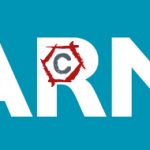
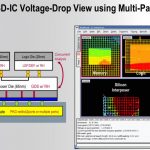
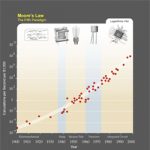
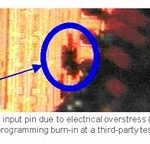


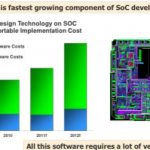

Quantum Advantage is About the Algorithm, not the Computer